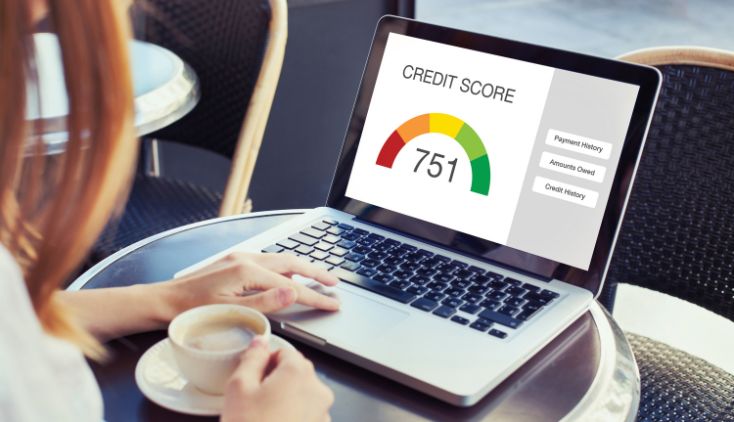Tips for Getting Your Credit Score Back on Track
Bad credit doesn’t have to follow you forever. While it can feel overwhelming, you can reverse bad credit with some consistent steps and a little patience. It doesn't matter if you’re bouncing back from missed payments or high credit card balances, this guide will walk you through how to reverse bad credit and rebuild your financial reputation. Keep reading to learn how to reverse bad credit.
1. Pay All Your Bills on Time
Your payment history is the biggest factor in your credit score. A single missed payment can knock your score down, especially if it’s more than 30 days late. Set up automatic payments or calendar reminders to make sure you do not forget your payments. Don't panic if you have already missed a few payments, just start paying on time consistently from now on. Over time, this can have a positive impact.
2. Reduce Your Credit Card Balances
One of the biggest credit killers is high credit utilization. High credit utilization is basically using too much of your available credit. Ensure to keep your credit card balances below 30% of your credit limit, and if you can get it under 10%, even better. Let’s say you have a $5,000 credit limit, your balance should be below $1,500, and work toward paying it down regularly.
3. Don’t Close Old Accounts
You might think that closing unused credit cards is a smart move but it can actually hurt your score. The length of your credit history matters. The longer your credit history, the better. Instead of closing that old account, consider keeping it open and using it occasionally for small purchases.
4. Consider a Secured Credit Card
There are still ways to get back on track if your credit score is too low to qualify for regular credit cards. A secured credit card can be a smart option. Secured credit cards work just like traditional cards, except that you have to put down a refundable deposit (often $200–$500) that acts as your credit limit. You use the card for small purchases and make payments on time, and the card issuer reports your activity to the credit bureaus. Over time, that positive history can help boost your credit score.
5. Correct Any Errors on Your Credit Report
Having incorrect information on your credit report happens more often than you might think and it can drag down your score unfairly. You’re entitled to one free report each year from each credit bureau. Get your credit report and scan for the following:
- Accounts you don’t recognize.
- Late payments that were actually paid on time.
- Incorrect balances or personal information
If you find any errors, file a dispute. Each bureau has a simple online process, and they’re required to investigate within 30 days.
6. Be Patient
Waiting to reverse your bad credit might be the hardest part but credit repair is a marathon, not a sprint. Most negative marks (like missed payments or collections) stay on your credit report for close to seven years, but their impact fades with time, especially if you’re building a strong positive history alongside them. Consistency is everything. Every on-time payment, every lowered balance, every smart decision gets you one step closer to better credit.
How to Maintain Healthy Credit Going Forward
Once your credit starts improving, the next step is keeping it that way. Here are a few habits that can help you maintain a healthy credit score over the long run:
- Continue paying on time.
- Keep your balances low.
- Only apply for credit when necessary.
- Monitor your credit regularly.
- Build a safety net.
Final Notes
If you’ve been feeling stuck with bad credit, know that you’re not alone and it’s not permanent. By learning how to reverse bad credit and taking small, steady actions, you can rebuild your financial health and open the door to better opportunities. It won’t happen overnight, but it will happen if you stick with it.
